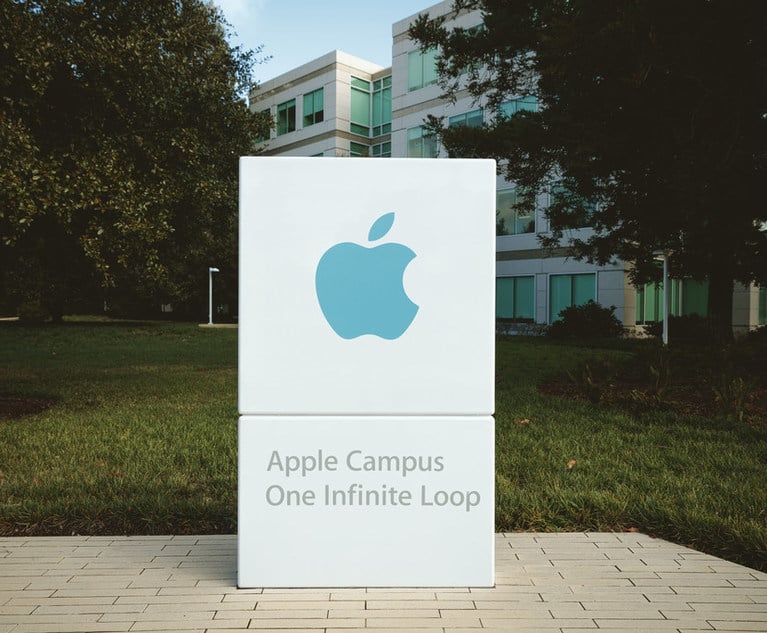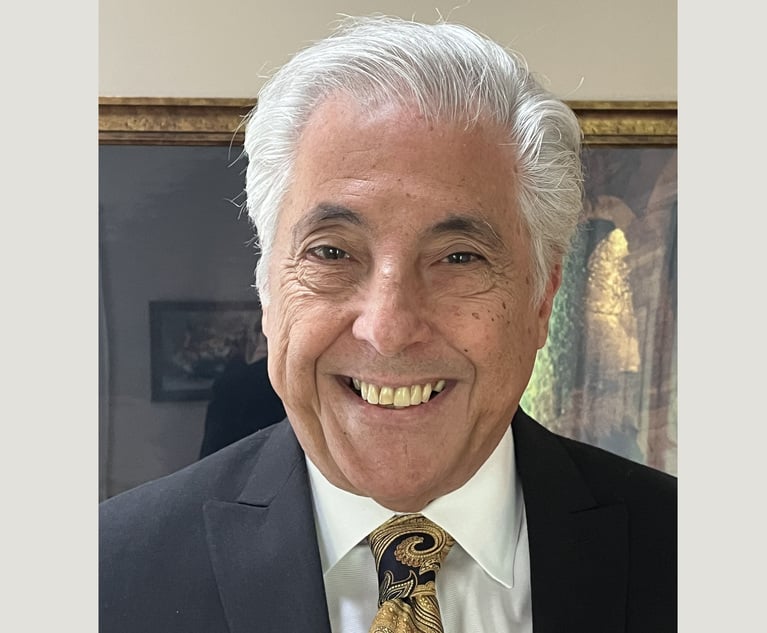In 2008, someone working for attorney John Robertelli “friended” a represented adversary party—a then-18-year-old personal injury plaintiff believed by counsel to be exaggerating his injuries—in order to gain access to his private photos and postings on his private Facebook page. Mr. Robertelli has steadfastly denied understanding that what he implicitly authorized was not available to the general public and thus may have been violation of Rule of Professional Conduct 4.2 and other rules. During years of hearings at the Office of Attorney Ethics (OAE), the Disciplinary Review Board (DRB), and through last month’s decision of the New Jersey Supreme Court, Mr. Robertelli been characterized as either some sort of Luddite for failing to understand what “friending” means, or as someone who may have violated the ethical prohibitions against contacting a represented party.
As we said on these pages five years ago, what seems like a common-sense reading of ethics rules today may or may not have been so easy to discern in 2008 when this incident occurred (the information was deemed non-admissible by the trial judge and the case settled). We all can provide examples of colleagues who still today are being dragged kicking and screaming into the world of law firm technology, not to mention social media, and still could not explain how things work. But that is now a little tougher to accept, at least for litigators.


 Credit: Gil C/Shutterstock.com
Credit: Gil C/Shutterstock.com




